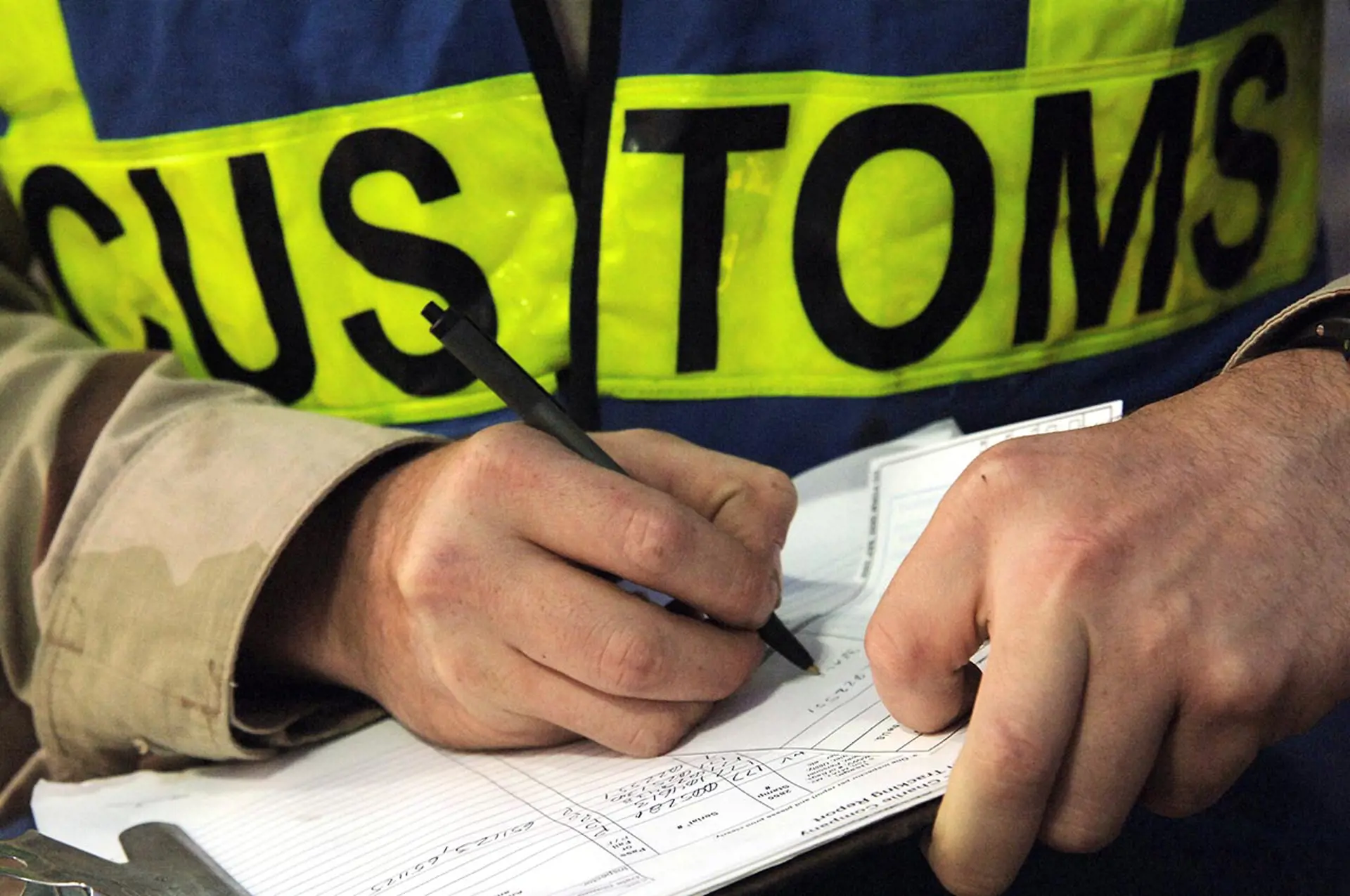How to pack your pallets correctly
Blog
Below you will find valuable tips and tricks on how to avoid rejection and ensure your pallets reach their destination in perfect condition.

There are few things more frustrating for a business than having your shipments rejected due to poorly packed goods on pallets. Not only can this result in delays and extra costs, it can also harm your reputation as a reliable supplier.
That is why it is crucial to know how to properly pack pallets so that goods arrive safely at their destination. We share valuable tips and tricks on how to avoid rejection and ensure your pallets reach their destination in perfect condition. Learn how to pack your pallets correctly and efficiently.
How do you pack a pallet properly?
When packing a pallet, there is a checklist to follow to ensure that the pallet is packed correctly. If the pallet does not meet the requirements in the checklist, you risk the pallet being rejected or having to be handled manually. Below is a short instruction that can be used as a checklist. This is to ensure that the goods are packed correctly, making them stable and protected. This ensures that the goods arrive safely.
Choose the right pallet: Pallets come in three different sizes, which are chosen based on how much space the goods take up. You need to choose a pallet that is large enough to fit the entire load so that nothing overhangs the frame.
Stacking in height: It is important that the goods are stacked on the pallet using the brick method. When stacking the goods in columns, the stability is improved.
Keep goods within the edges: Goods can be stacked to the edges but must not exceed the dimensions of the pallet. If the goods exceed the edges, you may risk surcharges being added to the handling of your goods.
Flat surface: When packing the pallet, make sure to keep the surface flat. This makes the pallet more stable and stackable.
Wrap the pallet: The goods must be secured by an outer wrapping to ensure that the pallet is stable and can be safely transported without the risk of losing any goods. This can be done using plastic or tape, for example.
Labels: Labels should be placed on the side so that it is still visible if there are other pallets stacked on top. If the pallet is not stackable, this must also be indicated on the label.
Which pallet should you choose?
There are three types of pallets to choose from for road transportation: EUR- industrial- or ½ pallet.
- Euro pallet: 1.20 m x 0.80 m
- Industrial pallet: 1.20 m x 1.00 m
- ½ pallet: 0.80 m x 0.60 m
The choice of pallet depends on the size and volume of goods. In addition, there are other considerations such as weight, functionality and price to take into consideration. Even if there is room for the goods on ½ pallet, you need to make sure that the goods do not exceed the edges or that the goods are too heavy for that pallet. This is to ensure stability during transportation.



